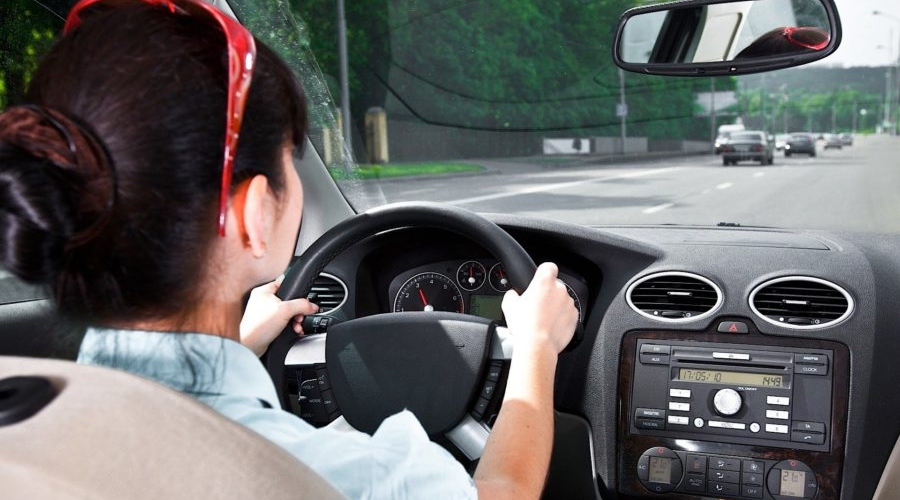There are two options when it comes to gearboxes – manual or automatic – and the type of gearbox your car has when you take your test affects the type of vehicles you are entitled to drive. So it makes sense to choose carefully!

What’s in the box?
The gearbox in your car transfers power from the engine to the wheels. It allows the car to travel at a wider range of speeds than if the engine were connected directly to the wheels.
Manual
In a manual gearbox the driver selects the gear the car drives in. In order to do this you must first disengage the engine from the gearbox – this is what the clutch does – so that the gear can be selected. In your first few attempts you will almost certainly find the coordination required to find the correct gear without crunching cogs or stalling is tricky!
Automatic
In an automatic gearbox you simply select “Drive” and drive! The car adjusts the gear depending on how fast you wish to travel. Automatic cars do not have a clutch pedal.
Semi-automatic
A further type of gearbox is the semi-automatic. In this case the gear can be selected by the driver but the car undertakes the necessary clutch control to engage the gear. Most forms of semi-automatic gearbox are considered to be automatics for the purposes of your driving licence validity.
Which to choose?
If you pass your test in a manual car you will be legally allowed to drive using any type of gearbox, manual, automatic or semi-automatic. If you pass in an automatic you will only be able to drive cars with an automatic transmission (i.e. without a clutch pedal) until you successfully pass a manual driving test.
Most drivers, except those with a disability that make it clear from the start that they will not be able to drive a manual car, will start manual driving lessons (i.e. in a car with manual transmission). Numbers of drivers choosing to take an automatic test are on the increase however, in 2007/08 70,429 automatic tests were conducted nationwide, compared to 141,264 in 2016/17. Nationally the pass rate has remained consistent at slightly under 40%, however, locally, Rochdale has the worst pass rate (27%) whilst Hyde and Northwich both passed over 56%!
Type of driving
You should consider the type and location of driving that you will be intending to do before deciding whether to take manual or automatic driving lessons. Certain types of driving require a manual licence or are better done in a car with a manual transmission, whilst city driving may be easier without the extra complication of gear changes.
When is an Automatic Good?
If you have been struggling to coordinate gear changes and feel that your driving is not improving it may be time to think about having a few lessons in an automatic, and potentially to do your test in one. An automatic licence acts as a provisional licence for manual transmission so you can get on the road and, if you feel you need to drive a manual at some point in the future, there is no reason why you couldn’t get manual driving lessons and retake your test to increase your eligibility.
Of course the downside, and reason they aren’t more widely driven, is that automatics tend to be more expensive to buy and maintain. They can also be less fuel efficient and, because they are more expensive they are also more likely to be stolen.
Ask your driving instructor for advice, but ultimately the choice is yours.










Comments are closed.